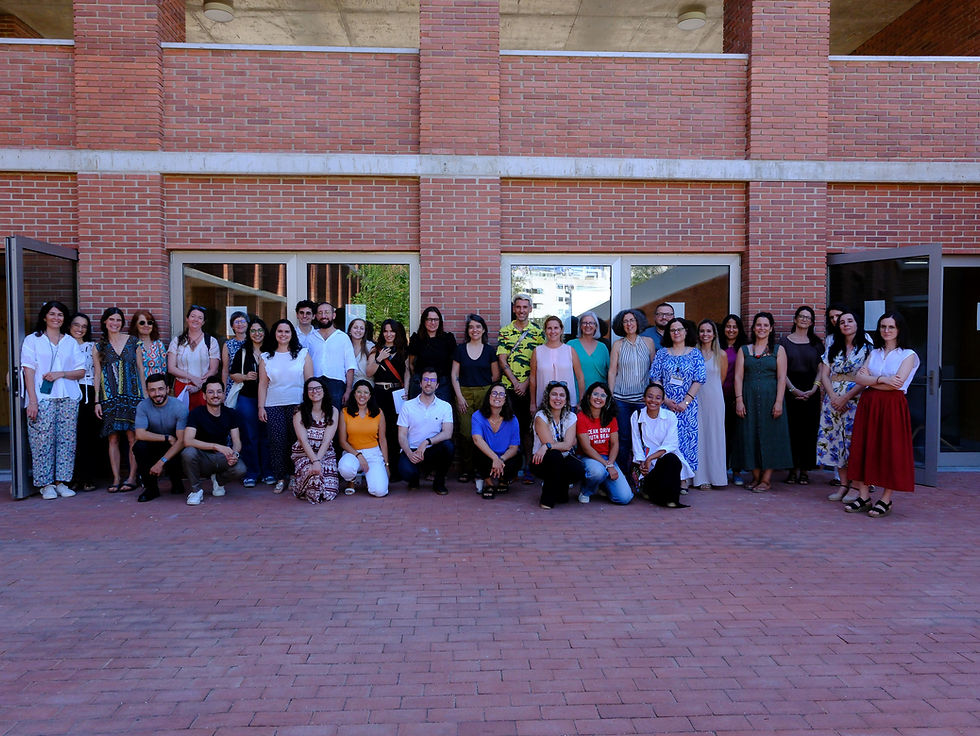Using Community Psychology to Improve the Prospects of European Rural Youth
- Pedro Simão Mendes

- Jul 21, 2023
- 3 min read
Updated: Mar 12
A new study offers a short guide on how community psychologists can contribute to improving the prospects of rural young people in Europe.

© 2020 Anna Shvets | Pexels
Francisco Simões, a researcher at the Center for Psychological Research and Social Intervention (CIS-Iscte) and the first author of this work, explains that “the share of European young people living in rural areas has slightly declined from 27.40% in 2011 to 26.34% in 2020, but there are differences between countries”. According to the researcher, in Eastern and Southern countries, such as Estonia or Spain, the number of youths in rural areas has declined, but, in contrast, it has increased in countries such as Denmark or France.
In the article, the research team highlights four major challenges rural young people face in Europe, namely rural youth out-migration (young people moving to urban areas), limited access to education (reduced educational opportunities in rural areas), limited access to decent and meaningful work (activities in the primary sector are sometimes precarious); and increasing gender gaps between rural young women and men (there is an imbalance between the share of men and women in the countryside). Maria Fernandes-Jesus, a lecturer from the York St. John University and researcher from CIS-Iscte, details that
“Data shows that rural areas tend to lack the infrastructures and human resources, which may compromise educational and work opportunities, and may explain some of the negative attitudes that young rural people have towards the countryside, as well as their moving into big cities.”.
If opportunities in rural areas are lacking, and young people avoid engaging in agriculture and other primary sector activities, what can be done to address the issue? The research team highlighted that European initiatives such as the Green Deal and a renovated Common Agriculture Policy may slowly change this panorama. Elena Marta (Università Cattolica del Sacro Cuore; CERISVICO) states, "Traditional activities will become increasingly complex, combining production with services, such as agriculture and ecotourism. This will demand a more sophisticated labor force regarding training and technological knowledge, which can be the perfect opportunities young rural generations are waiting for.”.
Additionally, according to the research team, Community Psychology may have a crucial role in improving the prospects of rural young people. “We based these guidelines on previous effective case studies from the literature.”, says Cinzia Albanesi (Alma Mater Studiorium University of Bologna). Nicholas Carr (Haukeland University Hospital) adds, “In short, we recommend that community psychologists adopt a Participatory Action Research (PAR) approach to research and practice to address these challenges.”. This approach involves working collaboratively with rural young people to identify their needs, strengths, and aspirations and develop interventions tailored to their contexts. The research team suggests potential intermediation missions for the community psychologists' input. These include promoting intergenerational dialogue, fostering community participation, enhancing access to education and training, and supporting the development of sustainable rural economies.
"By adopting a PAR approach, Community Psychologists, but also policymakers and educators, can take advantage of the current digital and green transitions to foster the participation and engagement of rural young people as active agents of change, all across Europe.”,
Francisco Simões concludes. Besides helping improve their prospects, this has the potential to contribute to more sustainable and inclusive rural communities.
The research team was composed of Francisco Simões (CIS-Iscte), Maria Fernandes-Jesus (CIS-Iscte; York St. John University), Elena Marta (Università Cattolica del Sacro Cuore; CERISVICO), Cinzia Albanesi (Alma Mater Studiorum University of Bologna), and Nicholas Carr (Haukeland University Hospital) and the paper was published in the Journal of Community and Applied Social Psychology.
Text written by Pedro Simão Mendes (Science Communication Manager)







